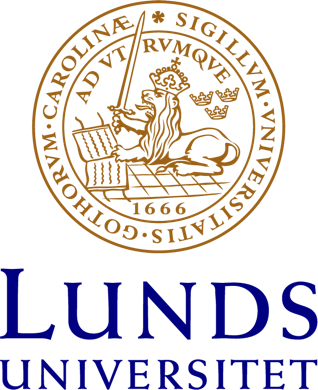Sökresultat
Filtrera
Filtyp
Din sökning på "*" gav 534301 sökträffar
No title
No title
No title
Inscribing Islamic shari‘a in Egyptian marriage and divorce law: continuity and rupture
Jesus the Only Teacher: Further Thoughts
Paulus som hellenistisk diasporajude
Kambodja : en ny enpartistat
Cambodia's government turns the page
Cambodian democracy on the ropes
Cambodia drifts towards autocracy
Cambodia : Dispelling the Malaysia illusion
Cambodia
This chapter argues that Cambodian civil society is young and fragile, and has been heavily dependent on international aid and reconstruction. These characteristics have largely shaped how civil society is defined domestically. Popular understanding and scholarship both typically perceive civil society to be formed by associational activities, and employ it as a lens for studying formal organizati
Cambodia : towards July's elections and beyond
Predicting Relative Binding Affinity Using Nonequilibrium QM/MM Simulations
Calculating binding free energies with quan-tum-mechanical (QM) methods is notoriously time-consum-ing. In this work, we studied whether such calculations can beaccelerated by using nonequilibrium (NE) moleculardynamics simulations employing Jarzynski’s equality. Westudied the binding of nine cyclic carboxylate ligands to theocta-acid deep-cavity host from the SAMPL4 challenge withthe reference po
Influence of the protein and DFT method on the broken-symmetry and spin states in nitroge
The enzyme nitrogenase contains a complicated MoFe7CS9 cofactor with 35 possible broken- symmetry (BS) states. We have studied how the energies of these states depend on the geometry, the surrounding protein, the DFT functional and the basis set, studying the resting state, a one- electron reduced state and a protonated state. We find that the effect of the basis set is small, up to 11 kJ/mol. Lik
Relative Ligand-Binding Free Energies Calculated from Multiple Short QM/MM MD Simulations
We have devised a new efficient approach tocompute combined quantum mechanical (QM) and molecularmechanical (MM, i.e. QM/MM) ligand-binding relative freeenergies. Our method employs the reference-potentialapproach with free-energy perturbation both at the MMlevel (between the two ligands) and from MM to QM/MM(for each ligand). To ensure that converged results areobtained for the MM → QM/MM perturb
Quantum Crystallography: Current Developments and Future Perspectives
Crystallography and quantum mechanics have always been tightly connected because reliable quantum mechanical models are needed to determine crystal struc- tures. Due to this natural synergy, nowadays accurate distri- butions of electrons in space can be obtained from diffrac- tion and scattering experiments. In the original definition of quantum crystallography (QCr) given by Massa, Karle and Huan
